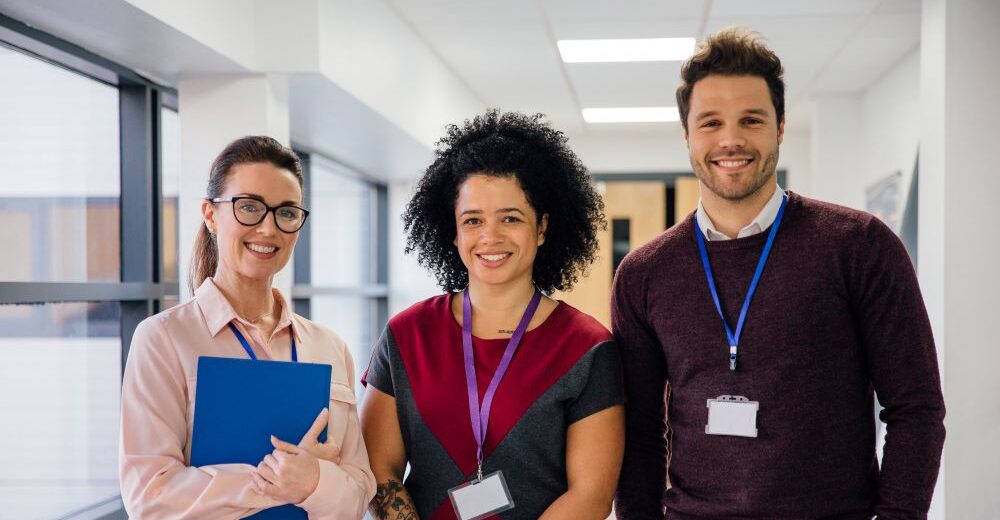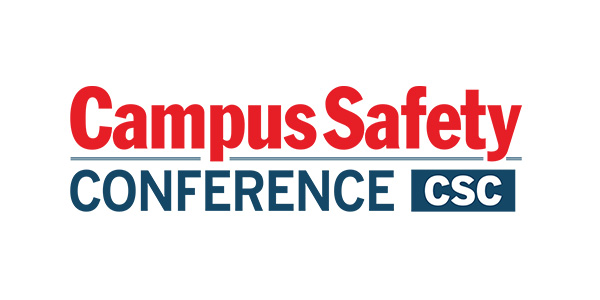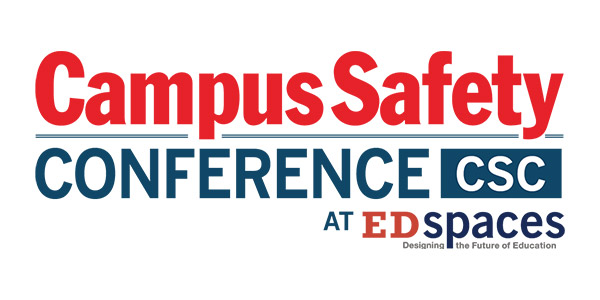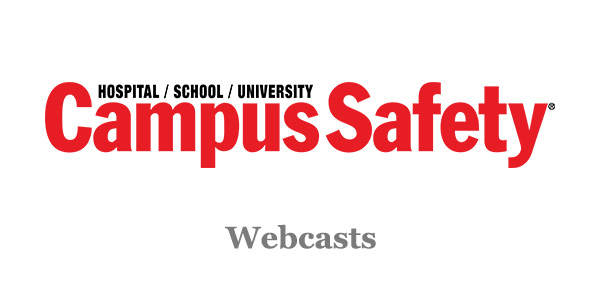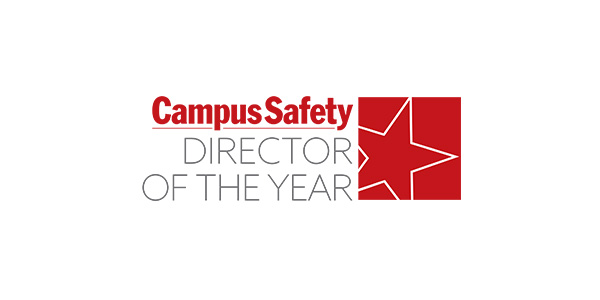Artificial Intelligence or AI has become a big deal in the school security world. A quick internet search reveals that the wonders of security systems enhanced with AI are being marketed, sometimes aggressively, to our schools as the panacea: a one-purchase answer to all of a K-12 campus security ills. And truth be told, AI does hold incredible promise for improvements in school security. But like all equipment and systems, AI is a tool. One with the potential to be a very good tool, but still just a tool.
AI can streamline processes, provide valuable insights, and may automate some school safety functions, but critical decisions will always require human judgment. Like all school security tools, AI should complement human expertise and act as a force multiplier for all elements in school security. As always, it is the people on campus effectively using the tools available to them that will keep a school both safe and secure.
With the understanding that school safety is the responsibility of the entire school community and requires human judgement, there is another foundational school security element with the initials “AI.” One that far predates artificial intelligence: Active Involvement. It is an undeniable reality that most security lapses are human failures and not systems or equipment failures. This simple acknowledgement identifies exposure and fosters opportunities for significant improvements in any type of school’s security posture.
Understanding the Role of Teachers, Staff and Your Community in School Security
Active involvement is an observable cultural trait in every successful, high-performing K-12 education program. This is the model we can replicate in security. The processes to develop teacher engagement in effective educational practices are well studied and commonly understood by educators. What is good for the education of our students is equally good for the safety of our students.
School culture is a shared ethos, the commonly accepted and expected activities and actions of the members of your school community. This is true whether it is instructional pedagogy or building perimeter standard operating procedures.
Related Article: How Physical Security Can Improve Campus Policy and Procedure Compliance
Active involvement by everyone in your school community is more than foundational. In fact, active involvement is the foundation to build your security efforts on. Active involvement in the development and implementation of your security process develops a sense of shared ownership across the entire school community. Shared ownership will in turn drive general acceptance — and acceptance greatly enhances overall compliance with the procedures necessary for a secure school. Absent this active involvement, security programs run the risk of devolving into nothing more than security theater.
Creating a Culture of Safety Through Engagement and Collaboration
Active involvement by a school community does not simply “happen.” It is the product of intentional, meaningful, focused, sustained and specific engagement with your school community. Developing and enculturating active involvement in your security process by all the members of a school community is an exercise in behavioral change that will return dividends with all groups and individuals in a school.
By definition, security is the protection of assets. In school security, the first asset to protect is the school community: all the people in a school. The second asset to protect must be the educational environment: the ability of the school to effectively meet its educational mission. School security processes can be inconvenient. Convenience and security are polar opposites.
Related Article: Developing School Safety Plans? Use This 1 Word Very Carefully
Additionally, some security measures in a school are likely intrusive to the educational process. These facts inform considerations in the development, deployment and sustainability of your security program. This where both active involvement and context matter.
Schools are not correctional facilities. Schools are not warehouses or retail outlets. Schools are castles and truly need security. But security program design must protect both the people and educational mission. The only way to accomplish this goal is to meaningfully engage the individuals and groups across your school community to help define and develop the security goals and processes necessary to meet expectations of a safe and secure educational environment.
Campus-Level and District-Level School Safety Committees Play a Critical Role
The empaneling of a multi-disciplinary school safety committee at both the district and school level is a critical first step on the journey to developing active involvement. Active involvement is the requirement for all the processes to create and sustain a safe school culture and education-friendly security program.
This is the opportunity and current situation in school security we must embrace and champion. It is why we developed the recently launched, in-depth course “Foundations of School Security Leadership” (FSSL) through the National Council of School Safety Directors (NCSSD) in conjunction with the Idaho School Safety and Security program. Modeled on the ZeroNow Path to Saffer Schools, the course offers essential resources and actionable insights into these issues and a number of other critical school security topics It is why we firmly believe that; together, we can make schools safer for good.
Guy Bliesner is a School Safety & Security Analyst Idaho BOE; President of the National Council on School Facilities; a Founding Board Member for the National Council of School Security Directors; and a Sub-committee chair for ASIS school safety standards.
NOTE: The views expressed by guest bloggers and contributors are those of the authors and do not necessarily represent the views of, and should not be attributed to, Campus Safety.

